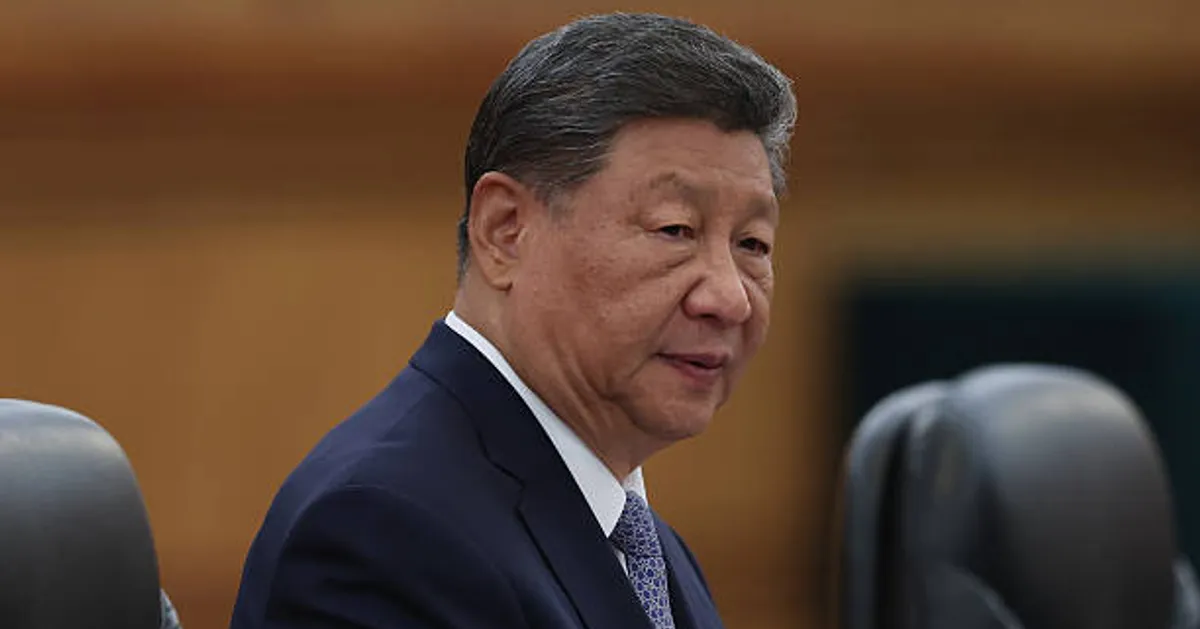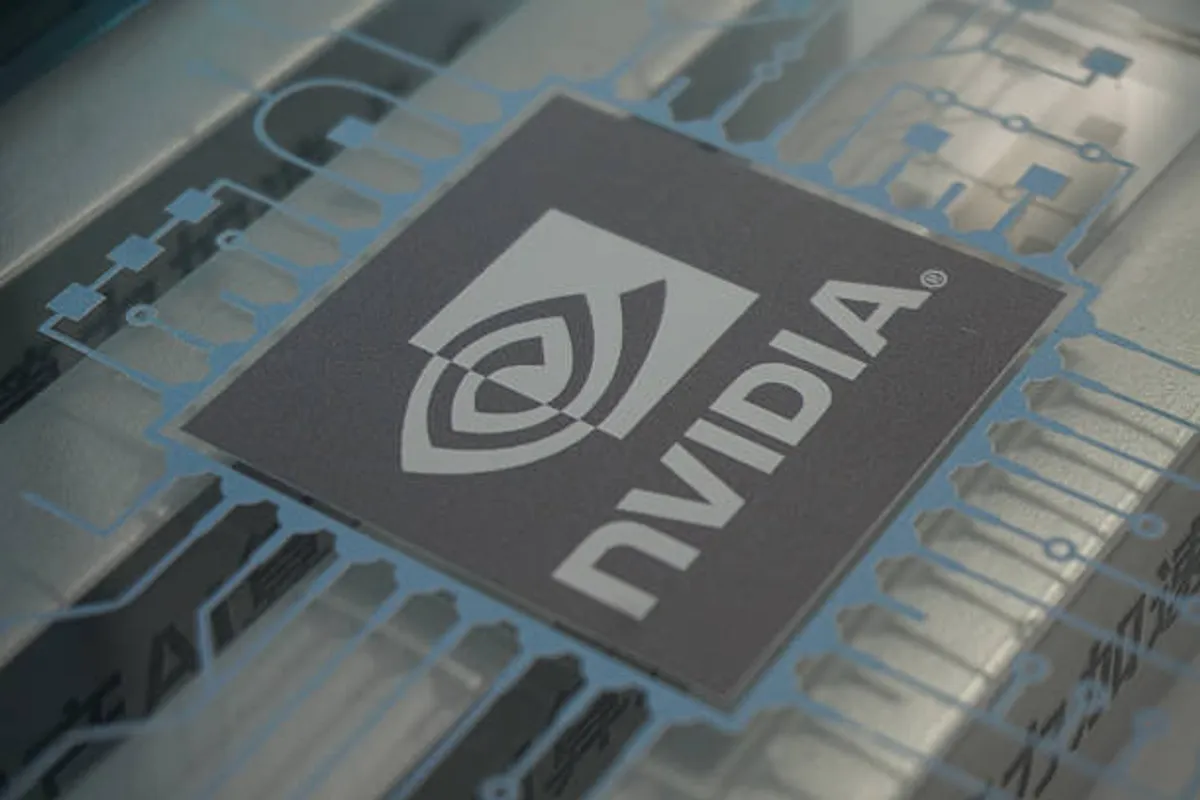
China’s Xi Pushes Global AI Body at APEC, Positions Beijing as U.S. Rival

GeokHub
Contributing Writer
Xi Jinping, China’s president, used his appearance at the annual Asia‑Pacific Economic Cooperation (APEC) summit to propose the creation of a new global organisation to govern artificial intelligence, signaling a shift in leadership in tech diplomacy and stepping directly into the arena dominated for years by the U.S.
Xi called for the establishment of a “World Artificial Intelligence Cooperation Organisation” with the goal of setting governance rules, promoting AI as a public good and bringing countries together under China’s vision of “algorithmic sovereignty.” Chinese officials said the entity could be headquartered in Shanghai.
With Donald Trump absent from the summit’s later sessions and China meeting on the sidelines with several other major economies, Beijing seized the moment to portray itself as a champion of multilateral tech cooperation and green growth, seeking clout and influence amid shifting global economic dynamics.
Xi’s proposal came as part of a broader push: in addition to AI governance, he urged APEC members to promote the “free circulation” of green technologies — a sector where China already commands strong influence. By offering a vision of inclusive tech growth that spans emerging and developed economies, China aims to reshape the tech diplomacy map.
Analysts say the move has dual purpose: first, to position China as the center of an alternative global tech regime; second, to challenge the U.S. narrative that innovation must come with minimal regulation. While Washington has largely opposed international AI regulatory bodies, Beijing is signaling willingness to co-create one under its terms.
Implications & What to Watch
- Other APEC members, especially in Southeast Asia and the Pacific, are now evaluating how to engage — whether to align with China’s proposal, remain neutral, or stick with broader U.S.-led frameworks.
- The location of the proposed body — Shanghai — reflects China’s ambition to anchor global tech governance in its ecosystem.
- How the U.S. responds is key: if it resists participation entirely, the AI governance field may bifurcate, creating parallel systems.
- For businesses and tech firms, especially those operating in China, India or the Asia-Pacific, the emerging governance architecture may influence chip flows, data-sharing obligations and AI deployment frameworks.








